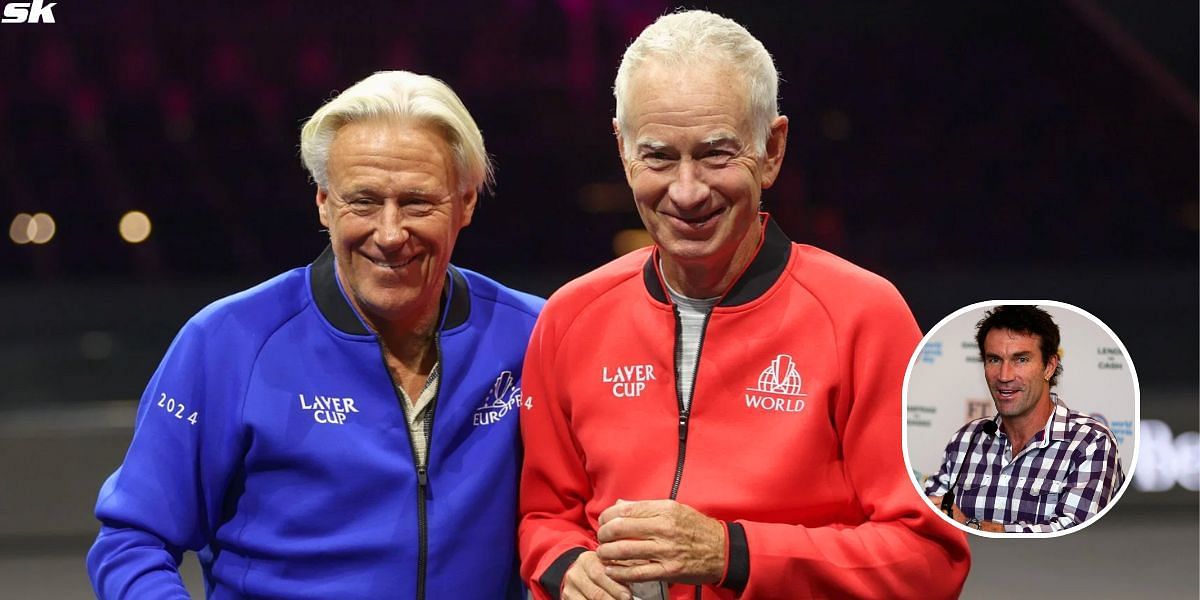
In a candid reflection on the evolution of tennis, Australian tennis legend Pat Cash once remarked how the sport’s image transitioned from a “rock star” atmosphere to something different. He pointed out that Bjorn Borg, with his long hair and cool demeanor, was considered the first true rock star of tennis in the 1970s. Borg’s dominance, especially on clay and grass, and his ability to captivate fans with his calm but intense presence on the court, gave tennis a glamorous edge. Borg’s mysterious aura off the court only added to this image, making him one of the first athletes to transcend sports and become a global cultural icon.
After Borg, came the brash and rebellious John McEnroe, who took this “rock star” persona to the next level. Known as much for his confrontational attitude, infamous temper tantrums, and fierce rivalries (notably with Borg), McEnroe’s personality made him a controversial yet electric figure on the court. According to Cash, McEnroe was the embodiment of tennis’ “glam rock ‘n’ roll” era—a time when the sport was not just about athletic skill but also about larger-than-life personalities and entertainment value.
Cash’s observation highlights the shift in tennis from the flashy, unpredictable stars of the past to a more structured and disciplined image in recent times. The likes of McEnroe and Borg brought a rawness and unpredictability to the sport that made it feel more like a show than just a game. These players were revered not only for their skill but for their ability to create drama, rivalries, and narratives that hooked fans.
Today’s tennis stars, though immensely talented, tend to maintain a more polished and controlled public image. This shift reflects how the sport has professionalized, with an increased focus on fitness, media training, and brand partnerships. While stars like Roger Federer, Rafael Nadal, and Novak Djokovic have left indelible marks on the sport, they tend to exude a more composed, business-like demeanor in comparison to the wild “rock ‘n’ roll” energy of previous generations.
Cash’s reflections remind us of a nostalgic era when tennis was less about technical perfection and more about raw emotion, flair, and the cultural impact that transcended the boundaries of sport. It was a time when the sport’s top stars weren’t just athletes, but entertainers who pushed boundaries and captured the public’s imagination.

